Zero-Waste Goals
A local family advises on ways to take out the trash — for good
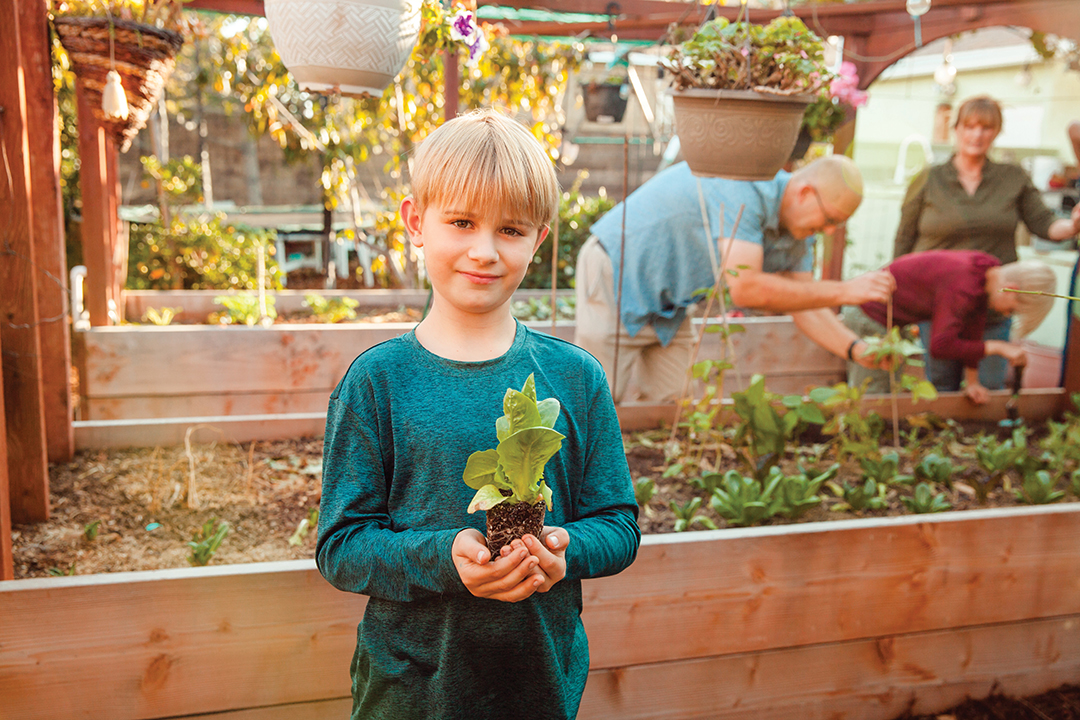
I remember reading something, somewhere, when I was a kid that has stuck with me ever since. It was a question, not a statement: When we throw something away, what does “away” really mean? It’s intention — to make me more aware of what “disposable” truly means for our environment — was fulfilled. But in practice, tackling our footprint when it comes to waste is no small feat in today’s single-use society. A family of five here in San Diego, the self-proclaimed Zero Waste Family, has taken on just that, not all at once, but as a lifestyle of learning and adopting best practices gradually over the course of the past 15 years.

“I have always worked toward recycling and buying organic food, but once my daughter was born 15 years ago, I consciously decided that I needed to make much more of a personal effort because this was for her planet and her future,” says the family matriarch, Fredrika Syren. Though her husband, James, originally didn’t share her commitment, it was he who ultimately made the push for the family to go entirely zero-waste in 2015. The first step was what Fredrika calls a “trash audit.” “It’s not as horrible as it sounds,” she laughs. “Literally, we were much more conscious of what we were putting in the trash can, and then trying to come up with a solution for that. Everything was one thing at a time.” Small changes, like replacing store-bought pastas packaged in plastic with those sold in cardboard, were stepping stones to putting less in the trash can and more in the recycle bin. “That is exactly how we did it,” she says. “One thing at a time, we switched out. And that’s why it took so long: Because we wanted to make it sustainable and doable.”
Of course, with these small changes — reusable water bottles, paper instead of plastic, beeswax wrap subbing in for plastic wrap, even saying no to plastic restaurant kids’ cups and single-use crayons — also came big ones, the biggest of which was the removal of a thirsty lawn, replacing it with a vegetable garden that the entire family tends. “We used to have one person living in our house with grass and sprinklers, and now we’re five people and a vegetable garden, and we use less water than one person with grass,” says Fredrika. Though some waste-reducing swaps may seem to come at a higher water cost, like laundering cloth napkins rather than using paper, Fredrika says their research shows that the amount of water used in the creation of paper products and even disposable diapers far exceeds the water consumption used in cleaning reusable versions.
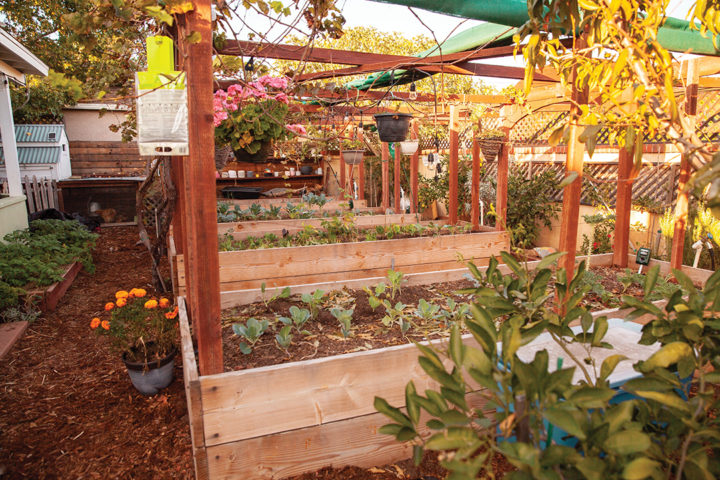
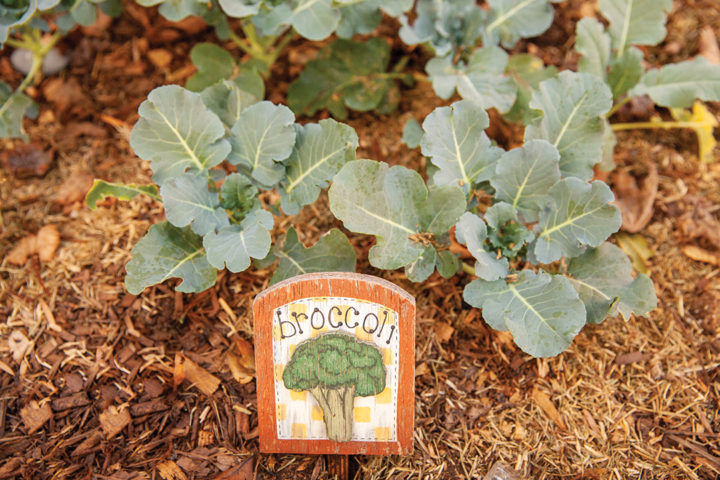

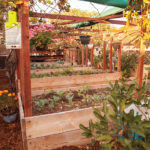
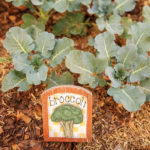

Her family even found their answer to sidestepping the allure of immediate gratification provided by Amazon and other convenient services that deliver not just your order, but an excessive amount of packaging, to your doorstep. “We have a rule that we will not order anything from Amazon without waiting for at least two days,” she says. “And usually, we figure out that we can go buy that same thing somewhere in town without the packaging.”
If that sounds simple enough, there’s a next step. “You start reducing your waste, but what happens is your waste bins will be emptier, but your recycling bins will start growing, and that’s OK, that’s how we start,” says Fredrika. “Your goal is to reduce your waste and your recycling. You really have to make sure to only bring in things to the house that either you can reuse, or compost, or recycle.”
In addition to saving a ton of money (she performed an audit and determined they save about $18,000 annually with their lifestyle), there was another positive side effect that surprised her. “I never expected that my kids would become mini activists,” she says. “I’m very proud of them because I didn’t mold them to be like that, it was just the lifestyle we lived. I think if you asked my kids if this is hard, they’d say yes, and if you asked if they would consider not doing this, they would say there’s no doubt for them that this is the path. We are a much happier family.”
The Syrens have made it part of their mission to share their discoveries and knowledge from years of practice, success, and also their mistakes. “I’m not here to push anyone to do this. I’m here just to inspire and show that this is easy,” she says. “The biggest misconception of zero-waste is that you have to be perfect. There is no perfect. What you do is just your best.” zerowastefamily.com
Fredrika’s Five Budget Swaps to Reduce Waste
“There is an assumption that zero-waste is expensive, but you can do it on a budget too, and the goal should be to work toward zero-waste in small steps and not ditch all your disposable items in one go — that would just be wasteful. So instead, as you run out of something, swap for a reusable, compostable, or recyclable option, or just skip it altogether,” says Fredrika.
1. Use mason jars for food storage. From freezing cooked beans or homemade tomato sauce in portion sizes to storing soups and stews, mason jars are great for so many things.
2. Make your own cleaning products. Store-bought cleaners are surprisingly expensive and can contain toxins and chemicals harmful to your family and the environment. Replacing your old cleaning products with effective homemade ones is super easy, and most use common household ingredients such as vinegar, baking soda, and lemons. Find instructions to create your own household cleaners on zerowastefamily.com.
3. Brew, don’t buy. Skip the daily visit to the coffee shop. By making your own coffee at home and having a reusable coffee mug on the go, you will save around $100 per month.
4. Replace disposable water bottles with reusable ones. If you buy a disposable bottle of water every day, it not only gets expensive, but it’s also very wasteful. Investing in a reusable water bottle is by far one of the easiest zero-waste swaps.
5. Purchase reusable silicone zip-top bags. Ziploc bags are brilliant! (Minus the disposable plastic, of course.) Luckily, now you can find silicone zip-top bags that work great, are much more durable than plastic, and can be reused many times, so they save both the planet and your wallet.


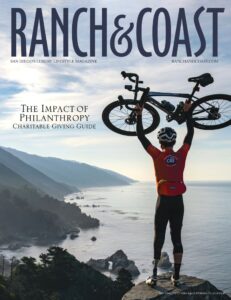

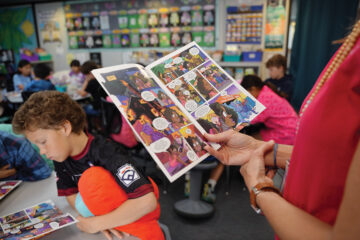
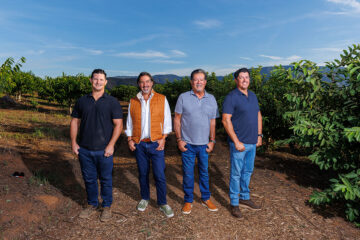
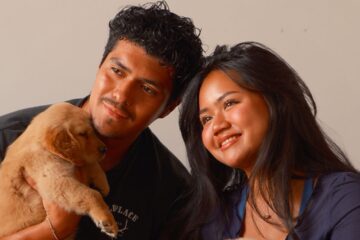
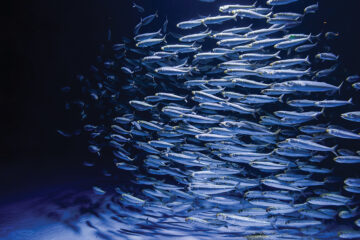
Comments